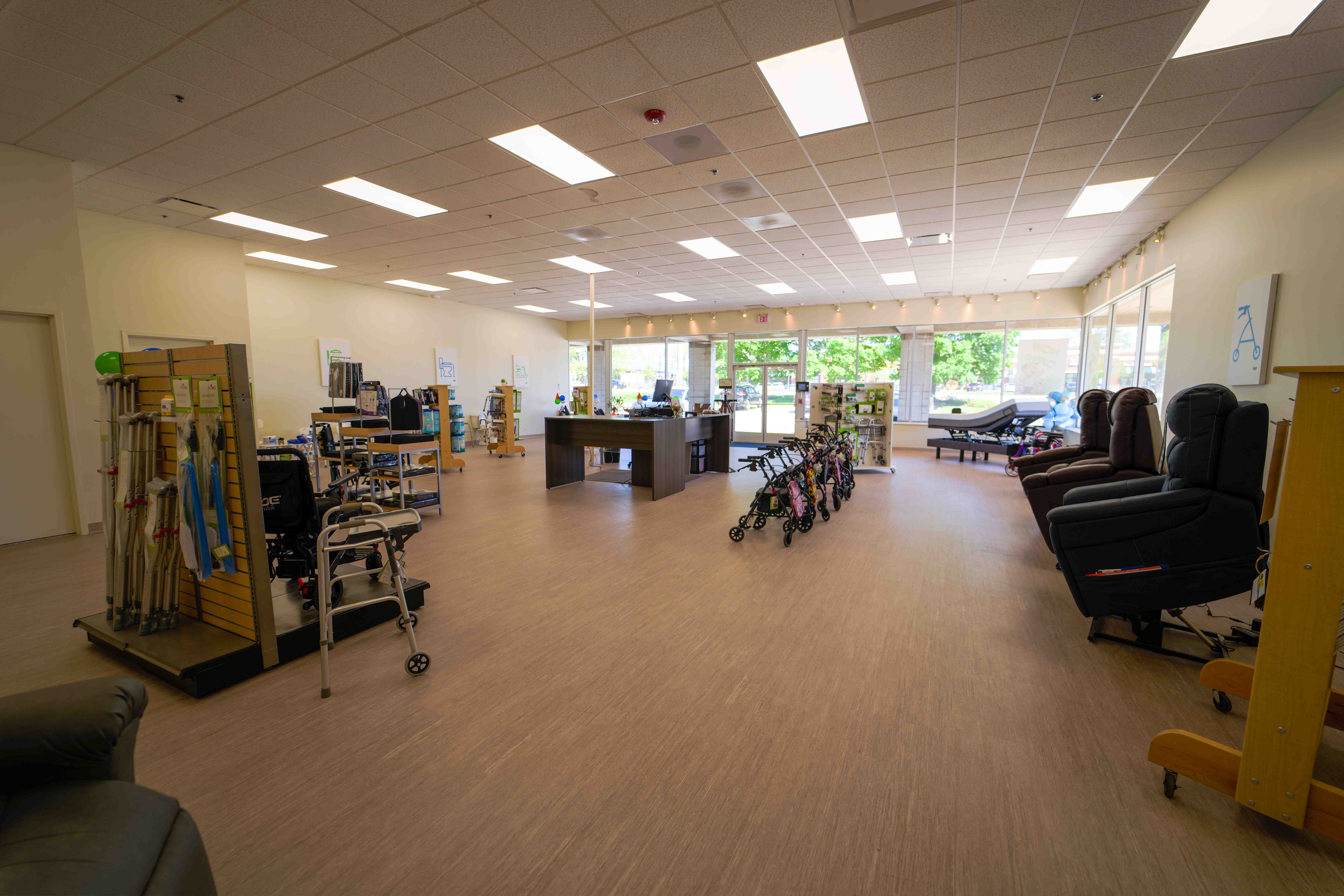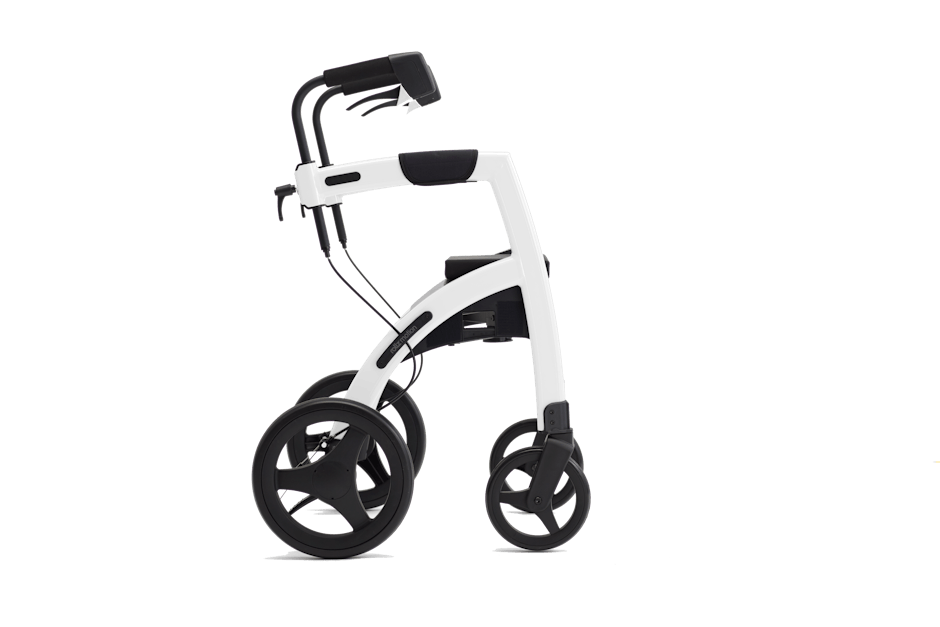423 E. Roosevelt Road, Lombard, IL 60148
630 895 8383

Mobility aids for elderly are essential tools that help maintain independence and enhance the quality of life. As we age, mobility can become challenging, impacting not only our physical health but also our mental well-being.
To quickly summarize key points for those in a hurry:
Aging often brings physical changes that can limit mobility, making everyday tasks harder. Mobility aids provide the support needed to navigate these challenges, enabling seniors to live independently and safely. Whether it’s a simple cane or a sophisticated scooter, the right aid can make a significant difference in one’s daily life.
Understanding the various types of mobility aids can help you or your loved one choose the right tool to improve mobility and confidence.
Choosing the right mobility aid is crucial for maintaining independence and safety as we age. Here’s a quick guide to the most common types of mobility aids for seniors:
Wheelchairs are indispensable for those who have difficulty walking or cannot walk at all. They come in various forms:

Mobility scooters are perfect for those who can sit upright and steer but cannot walk long distances. They come in three or four-wheel models, offering stability and ease of use for outdoor and indoor travel.

Walkers provide more support than canes and are ideal for those who need help balancing. There are two main types:
Canes are the simplest form of mobility aid, offering light support and balance. They are ideal for those with slight mobility issues. There are two main types:
Rollators are like walkers but come with wheels on all four legs, making them easier to push. They often include a seat, allowing the user to rest when needed. Rollators also have brakes for added safety.

Understanding these different types of mobility aids can help you make an informed decision. The right choice can greatly enhance mobility, safety, and independence.
Choosing the right mobility aid for elderly individuals is crucial for their safety and independence. Here are some key factors to consider:
A physiotherapist can evaluate the user’s physical abilities and limitations. This assessment can identify the most suitable mobility aid. For example, after a stroke, a patient might start with a standard frame walker and progress to a wheeled walker as their mobility improves.
“My PT tried a lightweight walker, but my disability caused it to wobble and be unstable. He took it away immediately!” – Personal Experience from a Stroke Survivor
Each person has unique needs. Consider the following:
The user’s home environment plays a critical role in choosing the right aid:
By considering these factors, you can select a mobility aid that enhances safety and independence.
Mobility aids are essential for elderly individuals who want to maintain their independence. Devices like canes, walkers, and wheelchairs allow seniors to move around without needing constant assistance. This independence is crucial for their mental well-being and self-esteem.
For example, many seniors find that using a rollator (a walker with wheels) enables them to perform daily activities like grocery shopping or visiting friends. These aids help them stay active and engaged in their communities.
Safety is a top concern for elderly individuals and their caregivers. Mobility aids significantly reduce the risk of falls, which can lead to severe injuries.
Fall Prevention: According to the CDC, falls are the leading cause of injury among older adults. Using aids like walkers and canes can drastically lower this risk by providing stable support. Devices such as bed and chair alarms can alert caregivers if a senior attempts to stand up without assistance, further enhancing safety.
Emergency Support: In case of a fall, tools like the Indie Lift can help seniors get back up safely, minimizing the risk of further injury.
Comfort is another significant benefit of using mobility aids. Many of these devices are designed to reduce strain and pain during movement.
Pressure Relief: Products like wheelchair cushions and alternating pressure mattresses help prevent pressure sores and provide comfort for those who spend extended periods sitting or lying down.
Ergonomic Design: Modern mobility aids often come with ergonomic features, such as adjustable heights and padded handles, to ensure maximum comfort. For instance, quad canes offer better stability and comfort compared to regular canes, making them ideal for those who need more support.
Mobility aids are more than just tools; they are essential for enhancing the quality of life for the elderly. By providing independence, safety, and comfort, these devices play a crucial role in daily living.
There are several mobility aids for elderly individuals, each designed to meet different needs:
Each type of aid offers unique features tailored to different levels of mobility and support needs.
Mobility aids can significantly improve the quality of life for seniors by:
For example, using a walker can make it easier for a senior to navigate their home, while a scooter can enable them to run errands independently.
Selecting the right mobility aid involves several factors:
For example, a senior who loves gardening might benefit from a rollator with a built-in seat and storage compartment, allowing them to carry tools and take breaks as needed.
By carefully considering these factors, you can choose a mobility aid that best fits the elderly person’s needs and lifestyle, ensuring they remain active, safe, and independent.
Choosing the right mobility aid for an elderly person can be overwhelming. Here are some expert tips to make it easier:
Consult a Professional: Always start by consulting with a physiotherapist or occupational therapist. Their expert assessment can pinpoint the exact needs of the senior.
Consider the Environment: Think about where the aid will be used most. For indoor use, a light and maneuverable aid like a cane or walker might be best. For outdoors, a scooter or rollator with large wheels can handle rougher terrain.
Test Before Buying: Whenever possible, have the elderly person try out the mobility aid. Comfort and ease of use are critical.
Check Weight Capacity: Ensure the aid can support the user’s weight. For instance, standard walkers typically support up to 300 lbs, but bariatric models can handle more.
Adjustability: Look for aids with adjustable features to fit the user’s height and needs perfectly. This can include the height of canes or the seat of a wheelchair.
Keeping mobility aids in good condition is crucial for safety and longevity. Here are some simple maintenance tips:
Regular Cleaning: Wipe down the aid regularly to remove dirt and dust. This is especially important for wheelchairs and scooters that are used outdoors.
Inspect Moving Parts: Check wheels, brakes, and joints for wear and tear. Replace worn-out parts promptly to avoid accidents.
Battery Care: For electric scooters and wheelchairs, follow the manufacturer’s instructions for battery care. Regularly charge the battery and avoid letting it completely drain.
Lubricate: Apply lubricant to moving parts like wheels and hinges to ensure smooth operation.
Proper training is essential for using mobility aids safely and effectively. Here are some tips:
Professional Training: Have a healthcare professional teach the elderly person how to use the aid. This can prevent misuse and accidents.
Practice: Encourage practice in a safe environment before using the aid in public. This builds confidence and familiarity.
Safety First: Teach basic safety tips, like using brakes on a rollator before sitting or ensuring a scooter is turned off before getting on or off.
Emergency Plan: Ensure the user knows what to do in case of a fall or malfunction. This might include having a mobile phone handy or a medical alert system.
By following these expert recommendations and tips, you can help ensure that the elderly person uses their mobility aid safely and effectively, enhancing their independence and quality of life.
Next, we’ll explore the frequently asked questions about mobility aids for the elderly to address common concerns and provide further guidance.
At Monty’s Home Medical, we understand the profound impact that mobility aids for elderly individuals can have on their overall quality of life. Mobility is not just about getting from one place to another; it’s about maintaining independence, safety, and dignity.
Our comprehensive range of products—from wheelchairs and scooters to walkers and canes—are designed to meet diverse needs and preferences. We believe in offering solutions that enhance elderly mobility, ensuring that our customers can lead fulfilling lives with greater ease and confidence.
Long-term benefits of investing in the right mobility aid include:
We invite you to explore our extensive selection of mobility aids and other home medical equipment. Our knowledgeable and compassionate team is here to guide you every step of the way, ensuring you find the perfect solution tailored to your needs.
Visit our store to discover the best options for enhancing mobility and quality of life for elderly individuals.
Thank you for trusting Monty’s Home Medical. We are committed to helping you and your loved ones live more comfortably and independently.